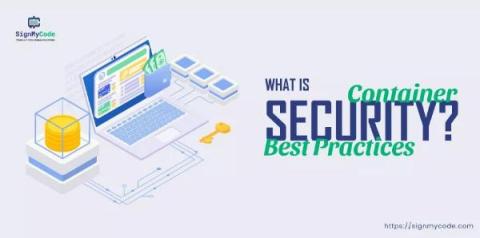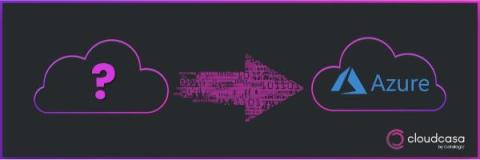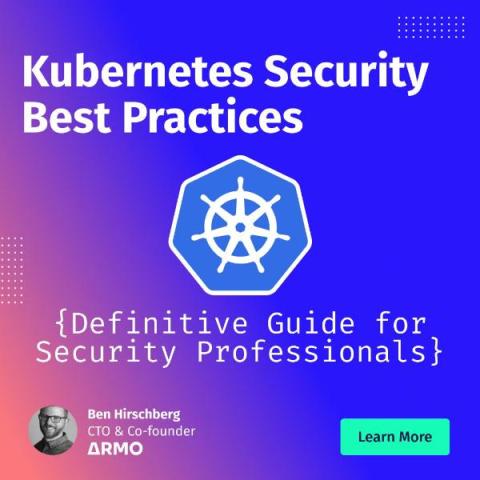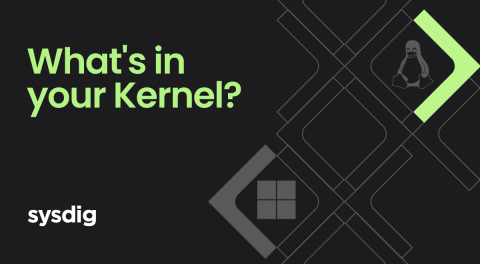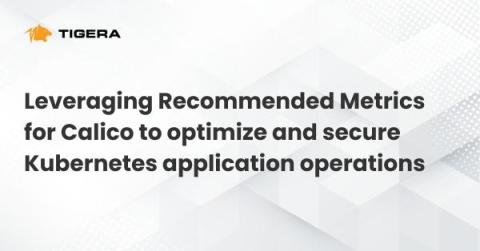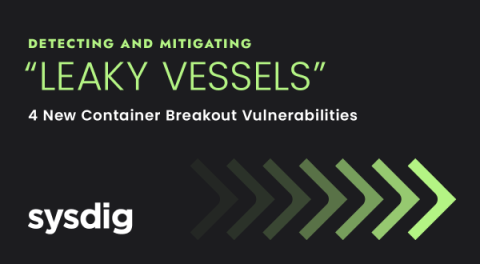What Is Container Security? Container Security Best Practices, Challenges and Tools
Nowadays, most of the applications are deployed on containers and orchestrated using Kubernetes or similar technology. Due to this, the performance, stability, and scalability are highly increased. But, it also widens up the attack surface if proper security controls, techniques, tools, and practices are not followed/used. So, if your application is running on containers or if you are thinking about deploying containers, then learning about container security best practices is a must.


